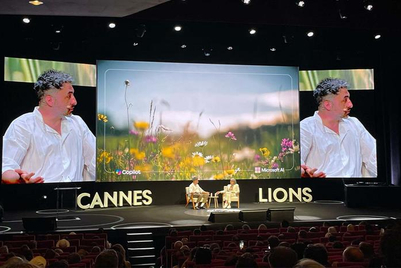
For decades Southeast Asian governments ran campaigns to promote nationalism, warning people of the risks of westernisation eroding their love of their own culture. More often than not these campaigns fell on deaf ears—people continued to aspire to foreign ideals and lifestyles.
Ironically, now that the world has never been more open and international, a strong bottom-up nationalism is emerging, particularly among younger Southeast Asians. It’s nationalism that is not top-down and hard-nosed, but more focused on soft cultural power.
Foreign acts still top the charts across the region, but so do Preap Sowath in Cambodia and Raisa in Indonesia. Malaysians are celebrating Yuna’s success overseas, and Original Pinoy Music is more popular than ever.
The traditional batik textile has seen a huge revival in Indonesia. Traditionally worn only in formal contexts, nowadays it is being incorporated into both high fashion and street wear. The same is happening in Cambodia with the popularity of traditional Krama scarves, once considered rural attire but now mixed and matched with trendy outfits.
Economic progress in the region has certainly catalysed this; rapid growth and global attention have given people something to be proud of and diminished any feelings of inferiority to the more developed West. But more than anything, this stems from a desire to find their voice in the global conversation.
Born into a world where everyone has access to the same cultural references and engages in the same online conversations, the young in SEA want to participate while asserting their own unique identity.
A more progressive cultural identity
While national pride among previous generations was typically founded on past glories and thought about in opposition to the West, people of this generation are constructing an identity that is more progressive, one that reconciles their global citizenship and their cultural roots.
|
They are taking in everything—foreign and local—and deciding what to bring forward and what to leave behind, what to take in and what to leave out.
In doing this, young Southeast Asians are looking deep into their roots to seek out authentic expressions of their culture they can adopt and claim as their own. It’s no surprise domestic travel to remote areas is on the rise because more and more people are embracing their provincial roots. We are also seeing local culinary aficionado groups, and a new interest in museums and historical sites that have been ignored for years.
In true millennial fashion, young Southeast Asians are not simply adopting local cultural expressions. Instead the local is being rearticulated within a global context and being given a unique global-local-mashup identity. There are fantastic examples, such as the Jogja Hip-Hop Foundation a group that raps in a local dialect inspired by Javanese poetry, and many more across the region, manifesting in everything from music to fashion to retail.
No longer a global-local dichotomy
The simple binary distinction wherein local is bad and foreign is good, or vice versa, doesn’t hold true for this younger generation.
This is an important cultural shift that has exciting implications for brands. It means local brands can more confidently adopt international traits, and global brands have much greater permission to borrow local cultural expressions.
It creates greater opportunities than ever before for brands to connect meaningfully with Southeast Asians—if they seek to understand and appreciate local cultural expressions and incorporate these into the way in which they represent themselves.
Adri Reksodipoetro is co-managing director of Flamingo Singapore



.jpg&h=334&w=500&q=100&v=20250320&c=1)


.png&h=334&w=500&q=100&v=20250320&c=1)




.png&h=334&w=500&q=100&v=20250320&c=1)



.jpg&h=268&w=401&q=100&v=20250320&c=1)

.png&h=268&w=401&q=100&v=20250320&c=1)
.png&h=268&w=401&q=100&v=20250320&c=1)

